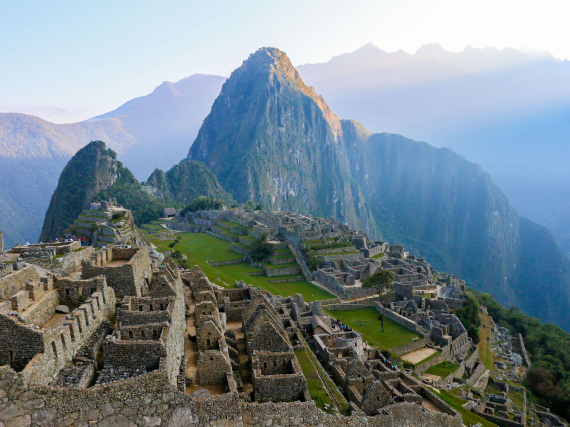Tourism often brings significant economic benefits in the form of jobs, indirect spending, and improvements to infrastructure. Nevertheless, sometimes there’s a tipping point when locals realize that the negative impact on their community and the environment in which they live may outweigh those advantages. In some cases, governments and other local organizations can take steps to mitigate the problems that tourism brings, but when that doesn’t happen — or doesn’t work — the frustration felt by those affected can become very visible. Take a look at five such cities that are currently struggling with overtourism and explore how communities and authorities are responding to the issue.
Dubrovnik, Croatia
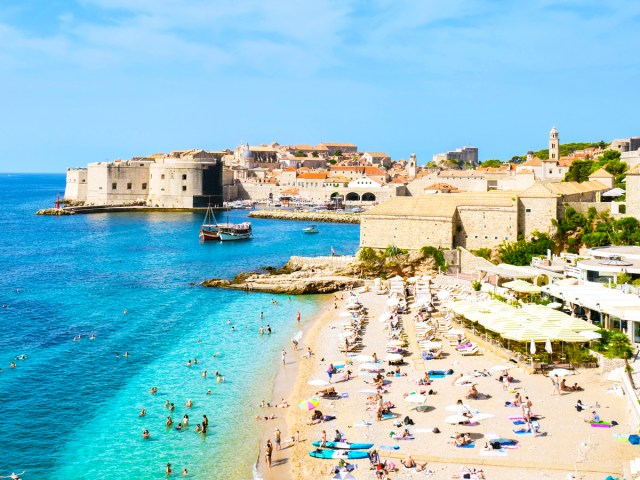
The influx of visitors who arrived after this Croatian city was chosen as a Game of Thrones filming location was unprecedented. According to researchers from the Zagreb Institute of Economics, there were 245,000 more tourist arrivals and 1.5 million more overnight stays in Dubrovnik from 2012 to 2015. But some felt the charming medieval walled Old City — nicknamed the “Pearl of the Adriatic” — was already at capacity.
In response, Dubrovnik Mayor Mato Franković initially threatened in 2018 to cap the number of cruises docking in the city at two ships per day, but he has since worked with the Cruise Lines International Association (CLIA) to manage schedules so that more can be accommodated.
Meanwhile, Dubrovnik’s Respect the City campaign was introduced in 2017 to educate visitors and outline a code of conduct. Other measures, such as removing some souvenir stands and café tables to free up space, as well as charging visitors more to walk the walls, also aim to alleviate congestion at the city’s most popular sites.
Barcelona, Spain
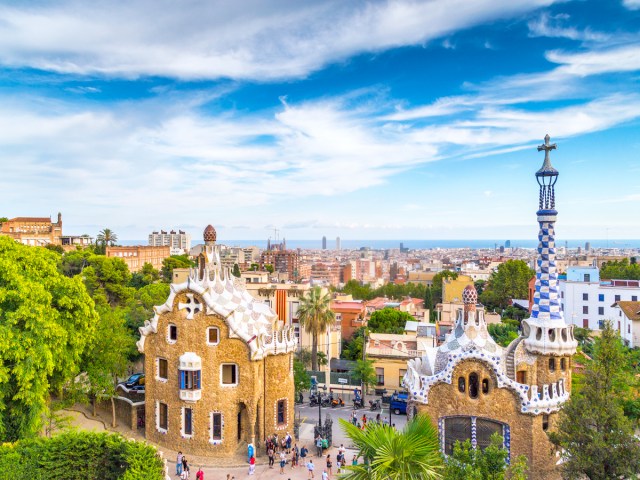
In recent years, Barcelona’s residents have made headlines for their outspoken response to an influx of foreign tourists. Spain’s second-largest city welcomed 15.5 million overnight tourists in 2024 and an additional 1.6 million day-trippers that year, owing to the city’s status as a popular Mediterranean cruise destination.
Though tourist spending now contributes an estimated 9 billion euros a year to Barcelona’s economy, it has put huge pressure on accommodations and affected both locals’ quality of life and the availability of affordable housing. Some fed-up residents have even made their point with hand-drawn placards reading “Tourists Go Home” and by squirting tourists sitting in pavement cafés with water guns.
In early 2025, the Catalan government introduced an initiative to raise the tourist tax to 15 euros a day. However, that has been met with backlash from hotel owners and tourism businesses that fear a loss of income, illustrating just how thorny an issue overtourism has become in the city.
Kyoto, Japan
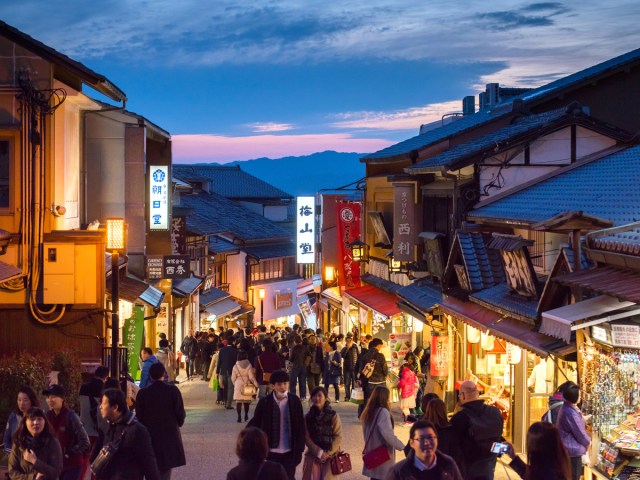
According to the Japan National Tourism Organization, 36.9 million overseas tourists visited Japan in 2024, a significant increase from the 25 million welcomed in 2023. Many of them include Japan’s former capital on their itinerary, and one of the most popular neighborhoods to visit is Gion, where it’s common to see geishas and their apprentices (maikos) walking along its historic streets in traditional garb.
In 2019, in response to paparazzi-like behavior from some tourists, local authorities began to display signs warning of fines of 10,000 Japanese yen (approximately $67 USD) for those who snap a picture in the district’s photogenic, but private alleyways. In 2024, the city went a step further, enacting a total ban on setting foot in those alleyways, one of a slew of measures aimed at reducing the impact of overtourism in Kyoto. There are also plans to further increase the nightly tax on tourist accommodation.
Marseille, France
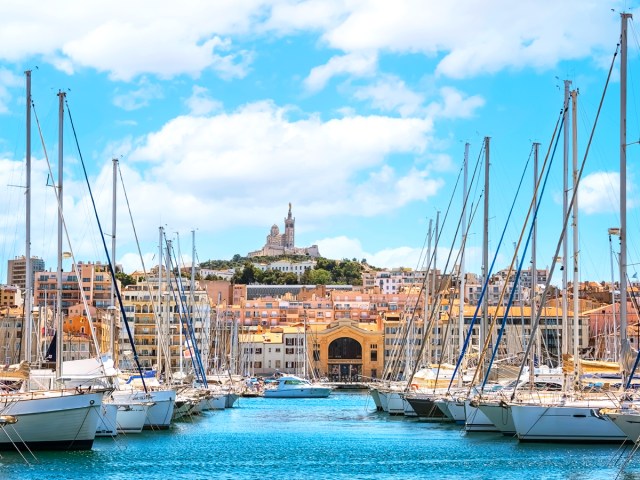
While France’s second-largest city isn’t quite as popular with overseas tourists as Paris, it still faces challenges with overtourism, and the mayor of Marseille is taking a novel approach to combat them. Cracking down on developers who he believes cash in on visitors by turning their properties into short-term rentals, Benoît Payan implemented legislation in 2024 to ban the use of key boxes. (These allow vacation rental users to access units without an owner or property manager present.) The mayor argued that companies such as Airbnb were having a negative impact on the available housing supply for local residents.
Property developers in Marseille are already required to apply to the city for permission to change a building’s function to a short-term rental, but the mayor plans to make it a condition to require developers to buy a second property, which they must let to long-term tenants. One example of a more direct impact to tourists is for those wishing to visit popular Sugiton Cove in the Parc National des Calanques. Reservations are free but strictly limited in number to protect the site and prevent overcrowding, so you’ll need to book well in advance.
Venice, Italy
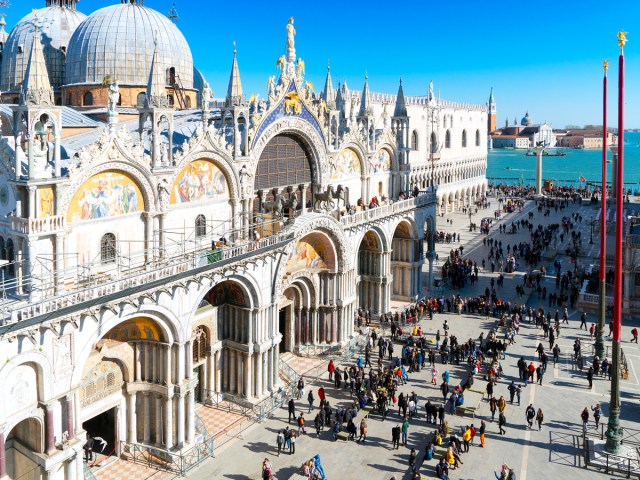
In 1987, Venice was designated a UNESCO World Heritage Site, but in 2019 representatives from the organization issued a warning that drastic action was required to protect this unique canal city’s coveted status. Concerns stemmed from the damage being caused by large cruise ships and the environmental impact of new developments, as well as from overtourism in general. According to the Venessia association, fewer than 50,000 people live full time in the city center, a paltry figure compared to the 5.7 million people who visited in 2023 and stayed only two nights on average.
The city once known as “La Serenissima” is no longer “the most serene.” Now, day-trippers planning to explore Venice’s ancient core are required to pay an access fee, which is designed to manage the flow of people, while the tourist tax levied on overnight accommodation means that those staying overnight in the city pay a similar charge. But it remains to be seen if the increased fees drive down tourist numbers to Venice in a significant way.
More from our network
Daily Passport is part of Inbox Studio, which publishes content that uplifts, informs, and inspires.

